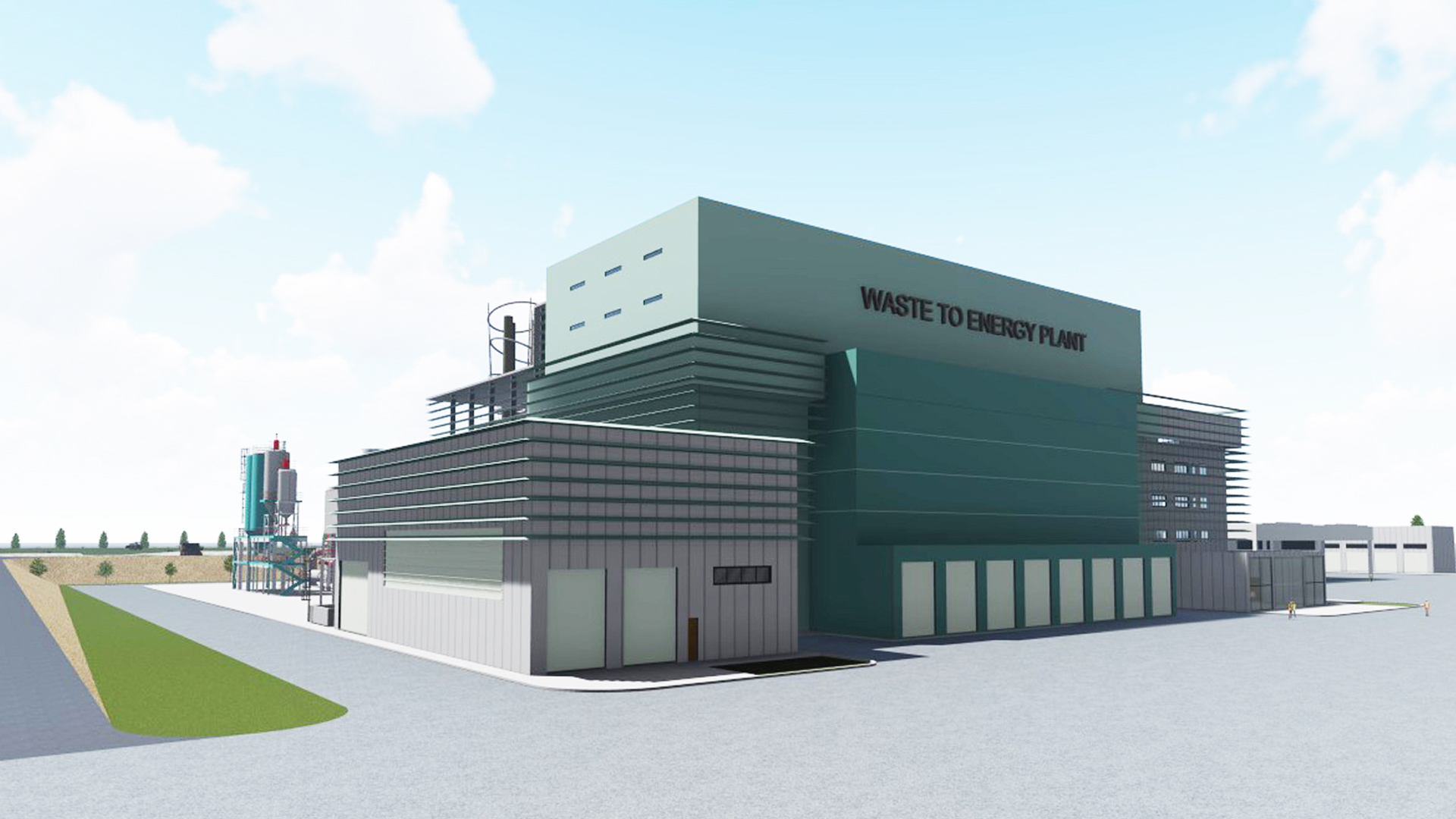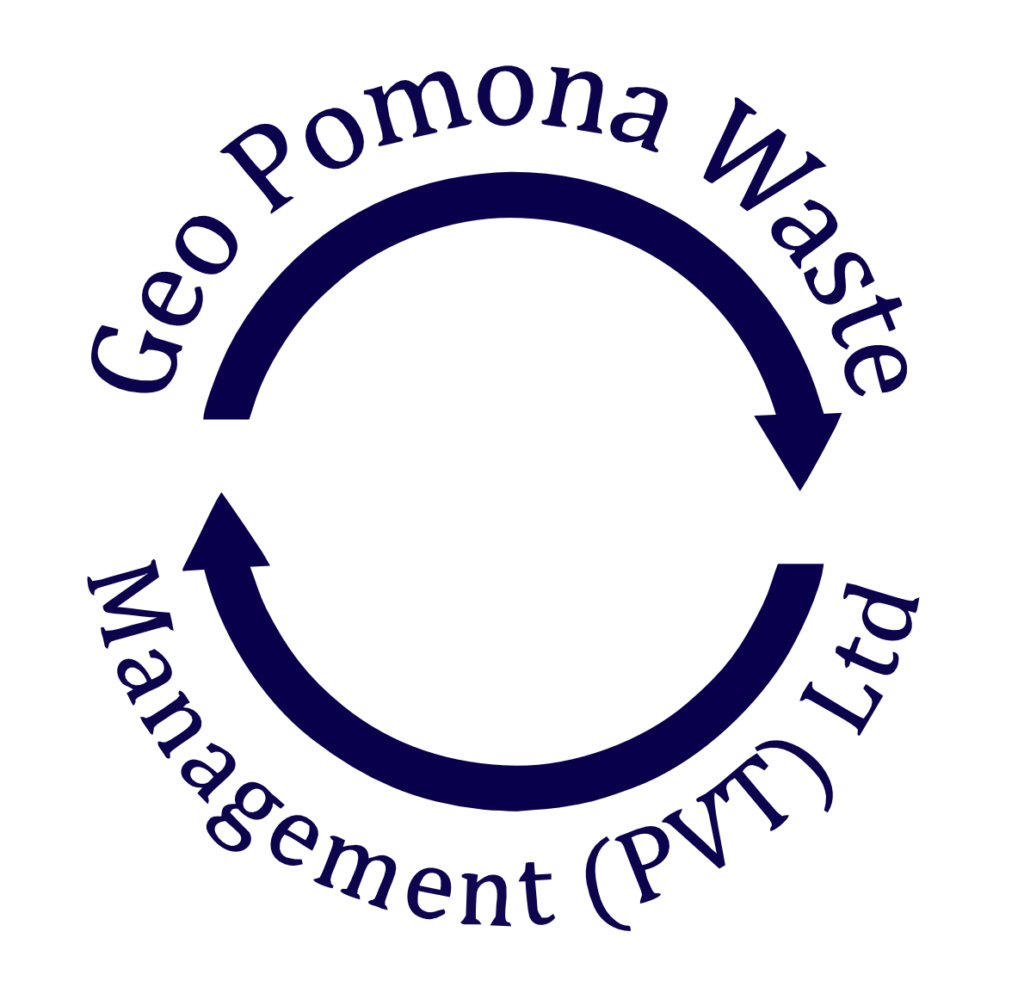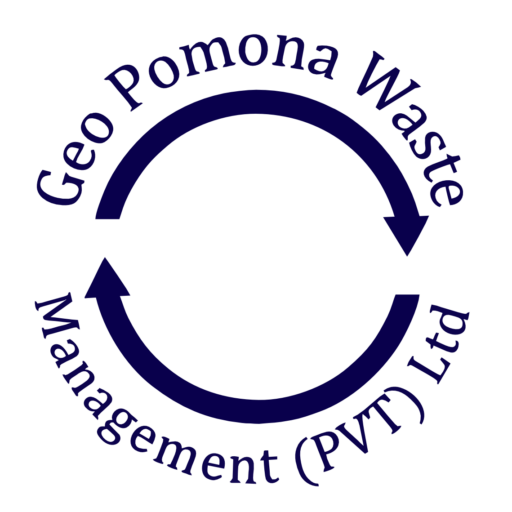Projects
Geo Pomona Waste Management
Turning Trash to Treasure
Geo Pomona Waste Management Pvt Ltd took over a site overflowing with haphazardly dumped waste and has made significant progress. The land has been cleared, with designated areas set aside for ongoing waste disposal. Access roads have been built for better management, and the entire site is now secure with fencing, guard rooms, electric gates, and boom gates. Offices for staff members were built within the site.
Boreholes and irrigation systems have been installed. These will be used to maintain the area and the water will be used in the works being done at the site. There is electricity throughout the site. At the site entrance, there is a transformer that was installed. Additionally, there are lights that were installed on all roads and facilities, enabling work to continue at night.
Zero Waste to Landfill
The primary goal of the company is to adopt a “Zero waste-to-landfill” approach, which aims to minimize the amount of waste sent to landfills. By implementing this strategy, the company intends to significantly reduce its greenhouse gas emissions, thereby contributing to environmental sustainability.
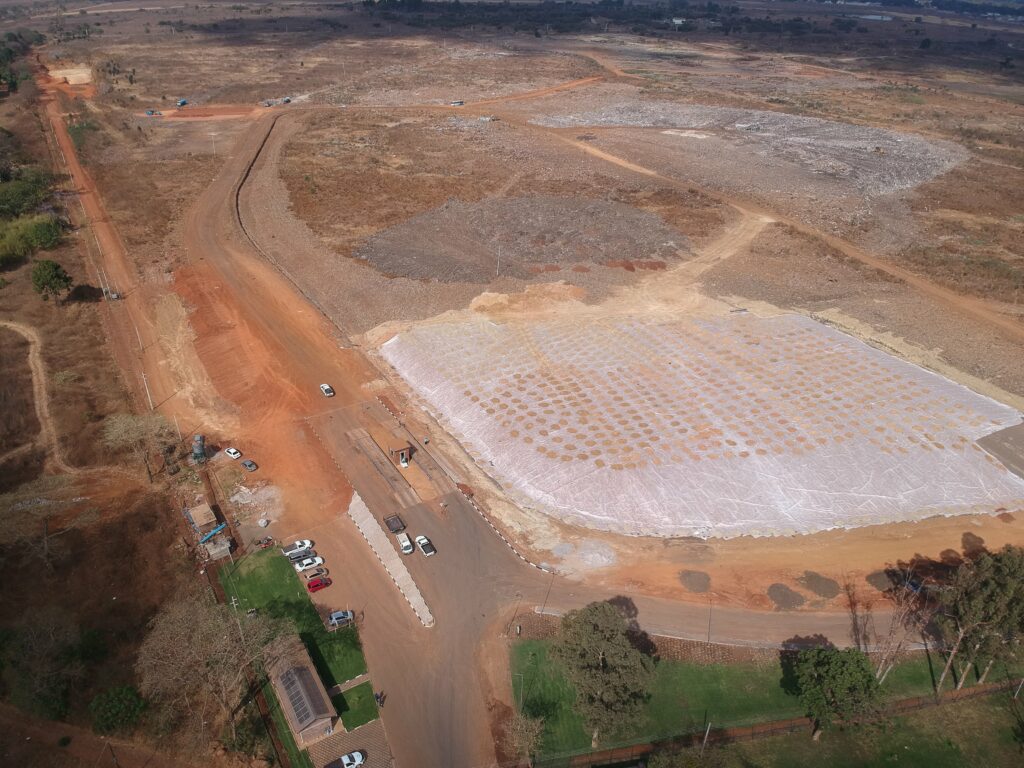
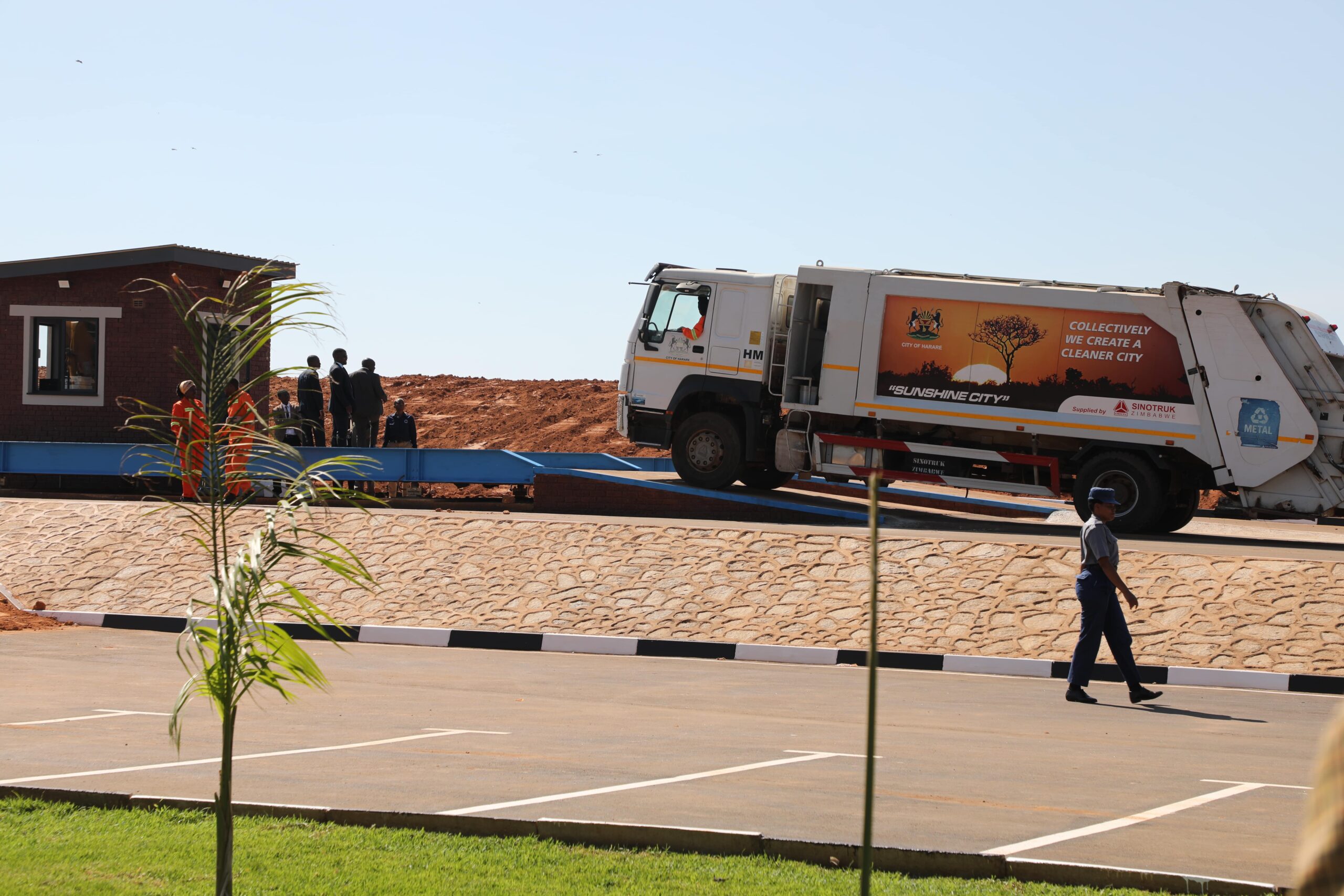
Weighbridge and waste disposal
For accurate measurement of waste delivered on-site, we have constructed a weighbridge system at the entrance which weighs waste vehicles on arrival, records and verifies load data and reweighs the vehicle once the load has been deposited. We have installed two weighbridges connected to two traffic lanes, allowing us to serve multiple trucks simultaneously. In addition to accurate weighing of waste, we have a data capturing system in place to record the customer’s details, type of waste brought in, vehicle registration number, customer’s address, area where waste was collected, time of waste arrival, and waste weight details.
Waste Encapsulation
Encapsulation is our chosen method for managing pre-existing waste accumulated over the years, it involves covering the waste with layers of geomembrane and geotextile. This is followed by a protective layer of soil where vegetation like lawns, trees, and bushes can thrive. This approach will be applied to 15 hectares of land, effectively addressing waste accumulated over the past two decades.
Encapsulation stands out as an optimal solution for managing existing waste. By effectively sealing off the waste, it curtails the release of greenhouse gases such as methane, nitrous oxides, and sulphur oxides into the atmosphere. This containment significantly contributes to mitigating the adverse effects of global warming and climate change.
Embracing encapsulation not only transforms wastelands into green spaces but also plays a vital role in environmental conservation by minimizing harmful emissions.

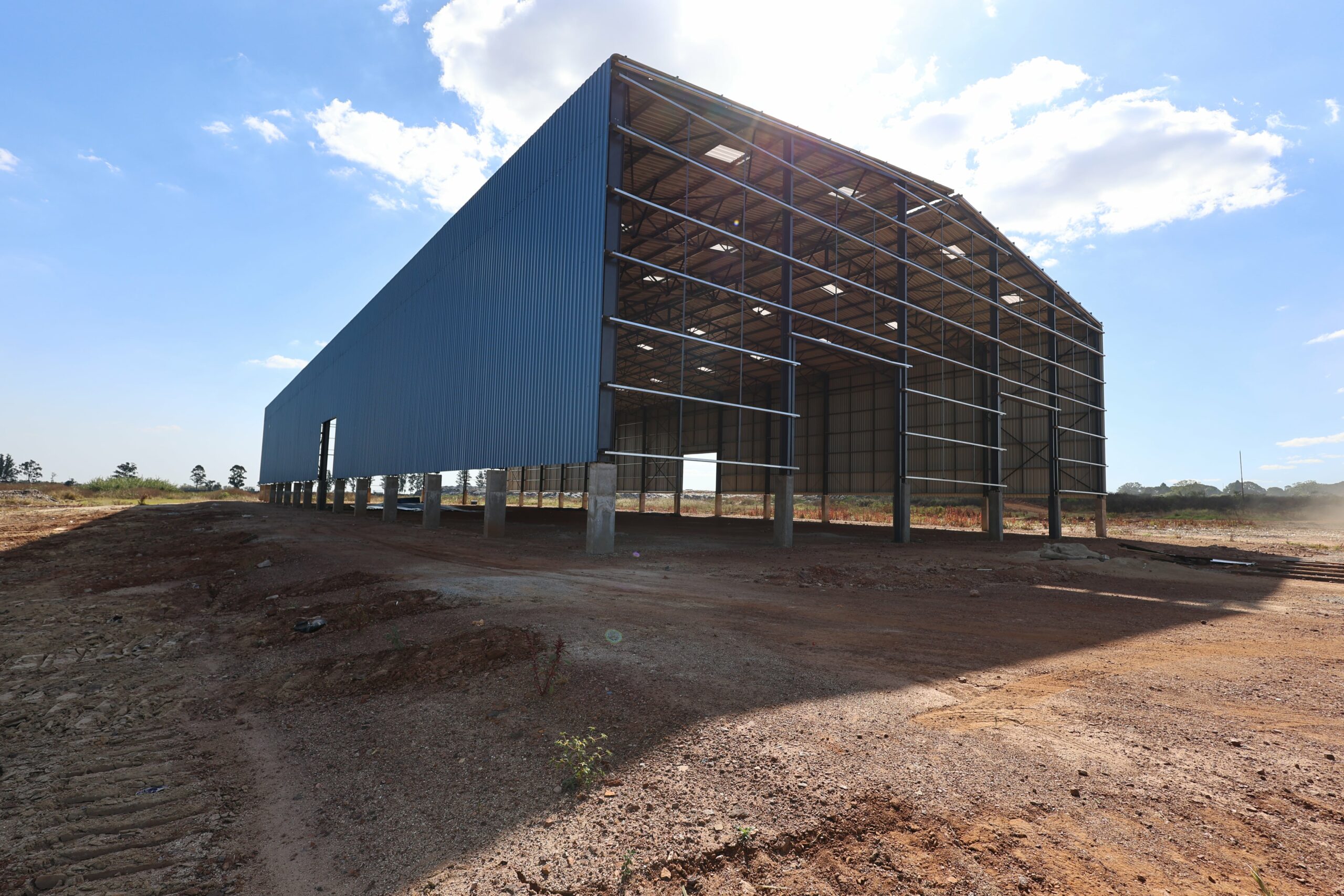
The Sorting Plant
The construction of our waste recycling and sorting plant is a crucial step in adhering to the principles of waste management hierarchy and our commitment to the “Zero-Waste to Landfill” policy. This facility will employ a comprehensive selection process for incoming waste, aligning with global waste management directives.
Our sorting plant is designed to separate bulky materials and recyclable fractions from the incoming waste stream. It’s imperative to adhere to this hierarchy as we aim to avoid incinerating recyclable materials, which is not considered best practice. Additionally, the plant will strategically select and generate waste with optimum calorific power for our Waste to Energy Plant.
Utilizing a combination of mechanical and manual sorting methods, our facility will maximize the recovery of recyclable materials such as metal, glass, and plastic. The inclusion of manual sorting not only enhances the efficiency of our sorting process but also provides opportunities for workforce engagement and empowerment within the project.
The structure of the sorting plant comprises four distinct areas:
- Waste reception area: Where all collection vehicles discharge the waste to be processed.
- Manual selection area: Dedicated to the sorting of bulky and recyclable materials manually.
- Mechanical sorting area: Utilized for the automated separation of waste and the sorting of ferrous and non-ferrous materials.
- Loading area: Where selected fractions are loaded onto transport vehicles for transportation to end systems, including incineration plants, recycling facilities, and landfill sites.
Through the implementation of advanced sorting technologies and a meticulous operational framework, our sorting plant represents a pivotal component in our sustainable waste management strategy.
Landfills
The Geo Pomona Waste Management site will have three different types of new landfills the area will be capacitated with a landfill for the disposal of Municipal solid waste, a landfill for the disposal of ASH from the Waste to Energy Plant and a landfill for Hazardous waste.
A system of engineered landfills (3 cells) is under construction to guarantee the whole deposit of the whole production of waste. These new landfills are being built according to local legislation with stakeholders such as EMA, the City of Harare, the Ministry of Health etc. The first cell for deposition of Hazardous Waste has been constructed and it has been lined with clay, geomembrane and geotextile to prevent waste interaction with the environment. A system of piezometers has been set up in place to allow continuous monitoring of the environment’s surroundings. A drainage system has also been set up to allow collection of the black water (Leachate) for water treatment.
The other cells will be for Ash which is a by-product from the Waste to Energy Plant. We intend to collaborate with cement manufacturers and Road construction companies who can use this fly ash in their operations. The 3rd cell will be for municipal waste (mainly organic which is of low calorific value) and this cell can also be used for waste disposal during the maintenance days (downtime) of the Waste to Energy Plant.
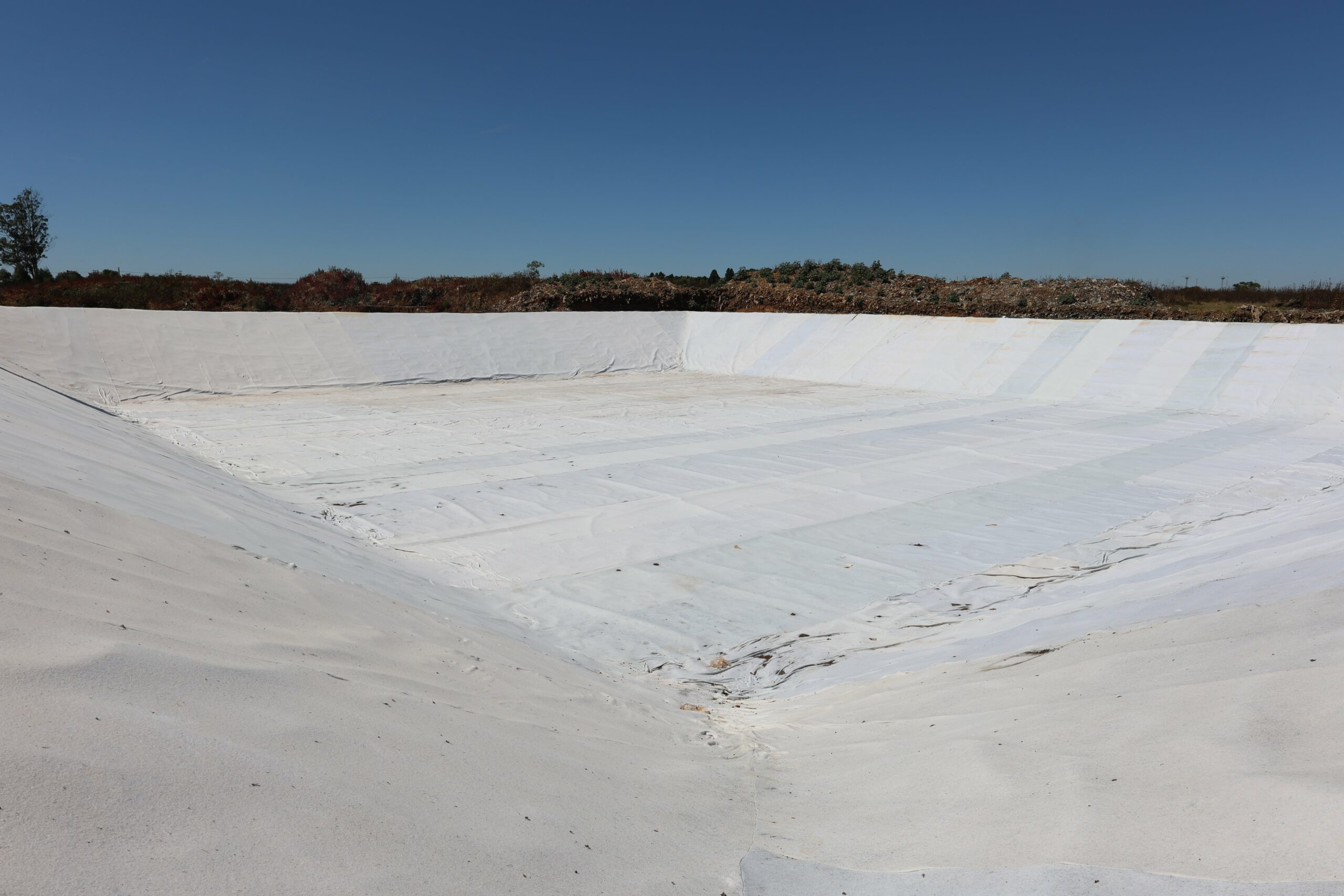

Waste Water Treatment & Water Pools
The water treatment plant is designed to treat the leachate produced by all the new landfills.
The leachate will be collected in two water ponds which will serve as deposits for leachate before treatment in the Wastewater Treatment Plant.
The Wastewater Treatment plant’s performance will ensure the discharge of the leachate and other waters produced within the operations in a surface water body in compliance with the EMA Standards. The capacity of the plant will be 300 m3/day. This potentiality appears reasonable for the dimensions of the landfill.
The components of WTS are:
- Storage tank and equalisation
- Aeration Tank and biological oxidation
- Ultrafiltration Module
- Osmosis double stadium
The final products generated from the treatment system are two: purified water (98-99%) that will be discharged in the surface water network present and the concentrate (1-2%) that will be recycled in the same landfill to increase the production of biogas and to the maintenance of pollutants in the landfill.
Waste To Energy
According to the hierarchy of waste management, the fourth stage and the most important for reducing the volume of waste is energy recovery from waste incineration.
Geo Pomona is doing the best waste management, so the main facility is the Waste to Energy Plant.
Waste to energy plant is in the design phase and civil works will start very soon.
The Waste to Energy Plant will incinerate about 1000 Tons/day and will produce 16-22 MW of electricity which will be injected into the national grid.
